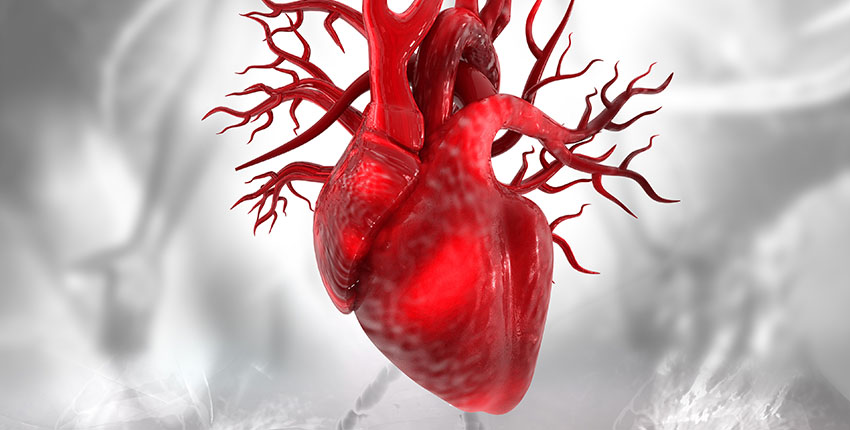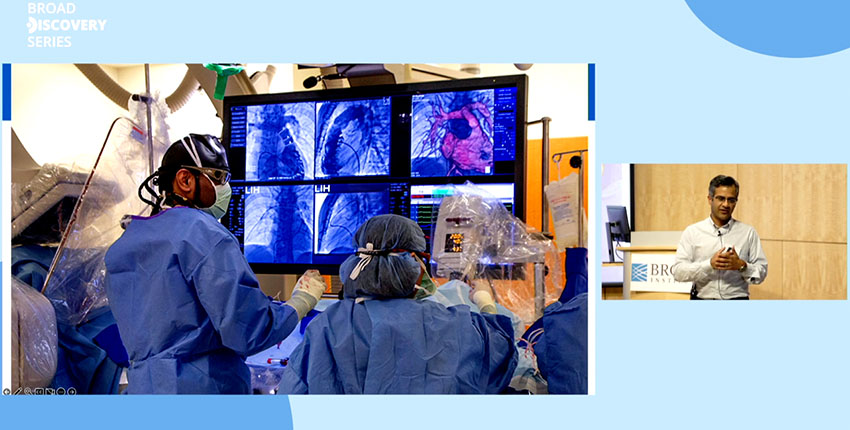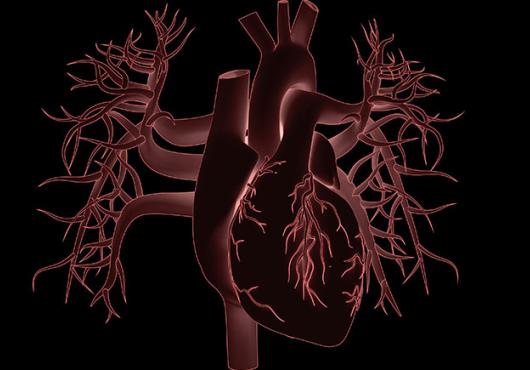
At a glance:
- Research shows how genetic alterations can affect the biology of cells that line the walls of blood vessels to magnify heart disease risk.
- The study identifies a gene involved both in brain vessel malformations, a rare condition, and heart disease, the number one cause of death worldwide.
- The findings can inform the design of new diagnostic tools and precision-targeted treatments for these conditions.
Over the past 15 years, scientists have pinpointed hundreds of regions in the human genome linked to heart attacks, but they have not been able to determine precisely how genetic variants can alter biologic function and culminate in cardiovascular disease. This has precluded the design of precision-targeted therapies that treat heart disease at its very root — in the cells of the blood vessel wall where the disease arises.
Now, a new approach — developed by Harvard Medical School scientists at Brigham and Women’s Hospital and colleagues at the Broad Institute of MIT and Harvard and Stanford Medicine — promises to close this gap.
The new technique, the variant-to-gene-to-program, combines several tools of genetic analysis to reveal how changes in gene structure can alter the biology and function of epithelial cells that line the walls of blood vessels and cause them to malfunction.
The research, which was done in human blood vessel cells and published Feb. 7 in Nature, establishes a way to connect genetic changes to biologic function and dysfunction. Just as important, it hints at possible therapies that prevent and treat the malfunction that affects the cells lining blood vessels and leads to disease.
Additionally, the study found that alterations in one particular gene — a previously unsuspected player in cardiovascular illness — can drive both the development of heart disease, the number one cause of death in the United States, as well as the formation of rare but often fatal brain vessel malformations.
“Studying how hundreds of regions of the genome, individually or in groups, influence risk of heart attack can be a painstaking process,” said study co-senior author Rajat Gupta, HMS assistant professor of medicine and a physician in genetics and cardiovascular medicine at Brigham and Women’s Hospital.
“We decided we needed to have better maps showing how genetic variants affect gene expression and how genes affect biological function. If we could combine those two kinds of maps, we could make the bigger connection from variant to biological function,” he added.
Melding gene-editing, AI, and more to find the drivers of mischief
The researchers started out by looking at areas on the human genome previously linked to coronary artery disease and then connecting these areas to the function of specific genes.
Then, using a tool called CRISPRi-Perturb-seq, developed at the Broad Institute, the team “deleted” thousands of genes linked to heart disease, one at a time and in individual cells. Doing so allowed scientists to determine how each individual gene deletion affected the activity of all the other genes in a given cell.
In total, the researchers analyzed 215,000 blood-vessel lining cells to determine how 2,300 deletions influenced expression of 20,000 other genes in each cell. Then, with the help of AI, researchers were able to link which changes in the biologic function of blood vessels consistently appeared together with gene variants already linked with heart disease.
The analysis showed that 43 of 306 gene variants linked to heart disease were also linked to genes involved in the development of cerebral cavernous malformations, a group of rare but devastating vascular disorders marked by abnormally formed and poorly functioning blood vessels in the brain.
The researchers hypothesized that subtler mutations in the genes involved in brain vessel malformations may also contribute to heart disease by fueling blood-vessel inflammation and blood-clotting and by interfering with the structural integrity of the blood-vessel walls.
New genetic cross-links between heart disease and brain vessel malformations
Moreover, the researchers found that one specific gene, TLNRD1 — whose biologic function had thus far been unclear — appears to play a dual role in the development of brain vessel malformations and heart disease.
Armed with these new findings, the researchers plan to study patients with gene variants that appear to be linked both to heart disease and brain vessel malformations.
The ultimate goal of these efforts would be to design genetic tests to identify those at risk for either disorder and to develop treatments that target each condition at its root — the molecular level of dysfunction.






